
Course Elementary 3834
Course Introduction:As the demand for front-end engineering, that is, modular development, becomes increasingly popular, webpack has increasingly become a standard feature of front-end projects. This course introduces how to use webpack to package files, process various resources, and configure the development environment in projects. Online environment, etc., we will explain the use of webpack through practical examples and help you explore the powerful functions of webpack.
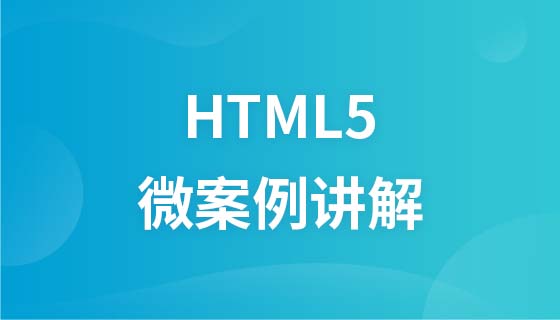
Course Elementary 8211
Course Introduction:"Qianfeng HTML5 Tutorial Part 2: Micro-Case Explanation Video Tutorial" This set of video tutorials mainly uses small cases to let everyone understand the knowledge points learned, and achieve different interactive effects through the reasonable use of knowledge points. This learning model that combines theory and practice allows everyone to better master theory and practical applications. This is also the teaching feature of Qianfeng HTML5 discipline. Only continuous practice can improve working methods and work experience. Micro cases include various HTML5-related projects, such as page layout, cool animation effects, game development, mobile development, front-end and back-end development, etc. There are many design contents and a wide range, covering various development needs. I hope this set of micro-case teaching videos can help everyone in their study and work.

Course Elementary 3695
Course Introduction:This course mainly explains the TypeScript language features and uses TS to solve the shortcomings of the JavaScript type system. Summary of content: Strong typing and weak typing, static typing and dynamic typing, issues with JavaScript’s own type system, Flow static type checking solution, TypeScript language specifications and basic applications.
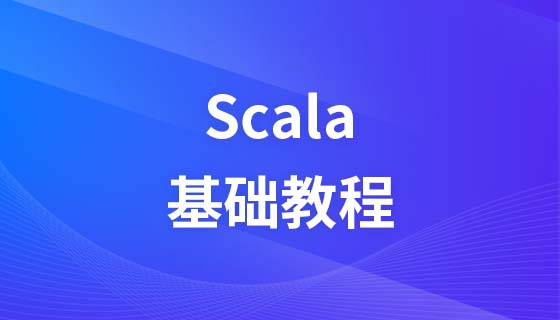
Course Elementary 13817
Course Introduction:Scala Tutorial Scala is a multi-paradigm programming language, designed to integrate various features of object-oriented programming and functional programming.
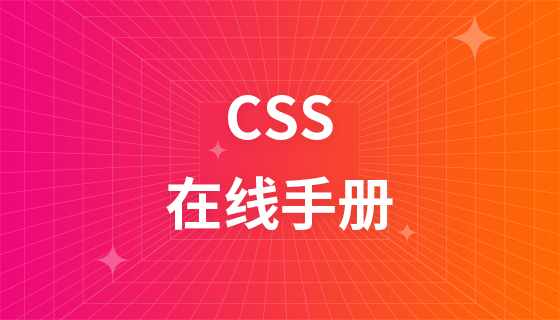
Course Elementary 82350
Course Introduction:"CSS Online Manual" is the official CSS online reference manual. This CSS online development manual contains various CSS properties, definitions, usage methods, example operations, etc. It is an indispensable online query manual for WEB programming learners and developers! CSS: Cascading Style Sheets (English full name: Cascading Style Sheets) is an application used to express HTML (Standard Universal Markup Language).
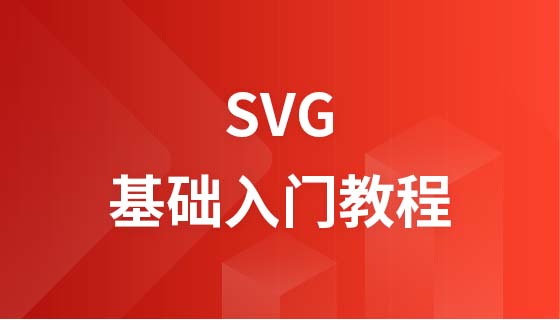
Course Elementary 13173
Course Introduction:SVG is a markup language for vector graphics in HTML5. It maintains powerful drawing capabilities and at the same time has a very high-end interface to operate graphics by directly operating Dom nodes. This "SVG Tutorial" is intended to allow students to master the SVG language and some of its corresponding APIs, combined with the knowledge of 2D drawing, so that students can render and control complex graphics on the page.
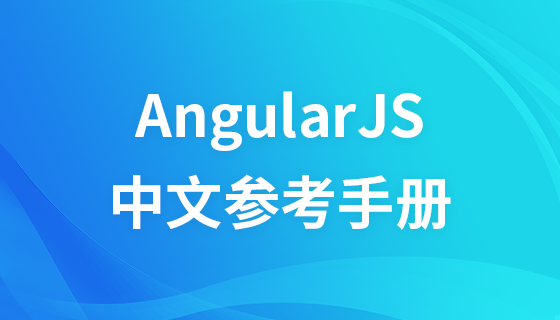
Course Elementary 24624
Course Introduction:In the "AngularJS Chinese Reference Manual", AngularJS extends HTML with new attributes and expressions. AngularJS can build a single page application (SPAs: Single Page Applications). AngularJS is very easy to learn.

Course Elementary 27482
Course Introduction:Go is a new language, a concurrent, garbage-collected, fast-compiled language. It can compile a large Go program in a few seconds on a single computer. Go provides a model for software construction that makes dependency analysis easier and avoids most C-style include files and library headers. Go is a statically typed language, and its type system has no hierarchy. Therefore users do not need to spend time defining relationships between types, which feels more lightweight than typical object-oriented languages. Go is a completely garbage-collected language and provides basic support for concurrent execution and communication. By its design, Go is intended to provide a method for constructing system software on multi-core machines.

Course Elementary 57930
Course Introduction:"Redis Command Operation Chinese Manual" is the latest official Redis online reference manual. Redis is an in-memory cache database. This manual contains various Redis operation commands with Chinese explanations. You will learn to master the efficient use of Redis in the data server. It is a must-have online query for Redis learning and users. Refer to the documentation tutorial!
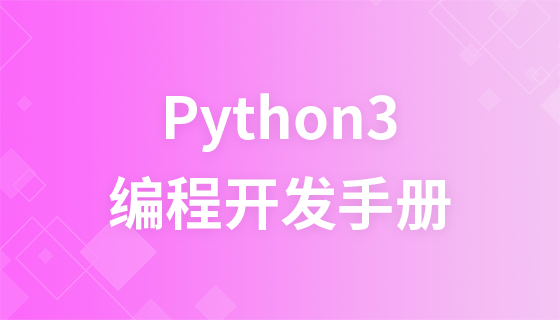
Course Elementary 87616
Course Introduction:"Python 3 Tutorial" The 3.0 version of Python is often called Python 3000, or Py3k for short. This is a major upgrade compared to earlier versions of Python. In order not to bring too much burden, Python 3.0 was not designed with backward compatibility in mind. Python language is very simple and easy to use for beginners and to complete common tasks.
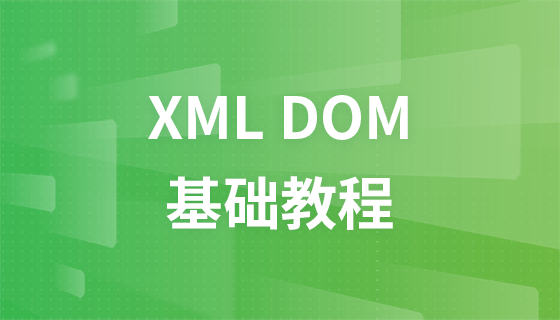
Course Elementary 21080
Course Introduction:"XML DOM Tutorial" XML DOM defines a standard method for accessing and manipulating XML documents. DOM treats an XML document as a tree structure, with leaves defined as nodes. If you want to use XML, you need to understand the XML DOM.
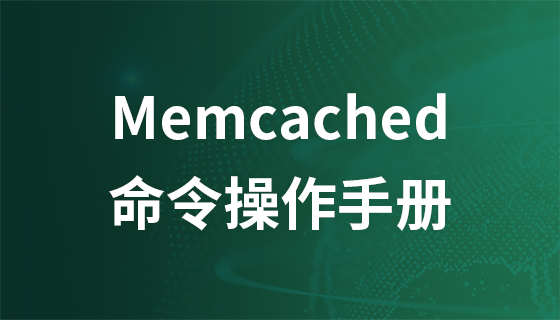
Course Elementary 17826
Course Introduction:"Memcached Command Operation Manual" is the latest official Memcached online reference manual. In this Memcached document, various Memcached operation commands are provided with Chinese explanations. You will learn how to use Memcached to reduce database load and improve performance. It is a must-have online query reference document tutorial for Memcached learners and users!
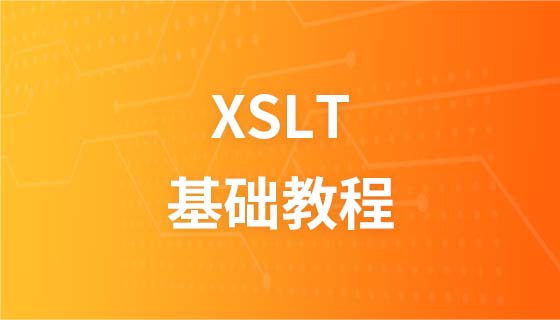
Course Elementary 9859
Course Introduction:"XSLT Tutorial" XSL refers to the EXtensible Stylesheet Language (EXtensible Stylesheet Language), which is a stylesheet language for XML documents. XSLT refers to XSL Transformation. In this tutorial, you will learn how to use XSLT to transform an XML document into another document, such as XHTML.

Course Elementary 9194
Course Introduction:"XQuery Tutorial" XQuery is to XML what SQL is to databases. XQuery is designed to query XML data.
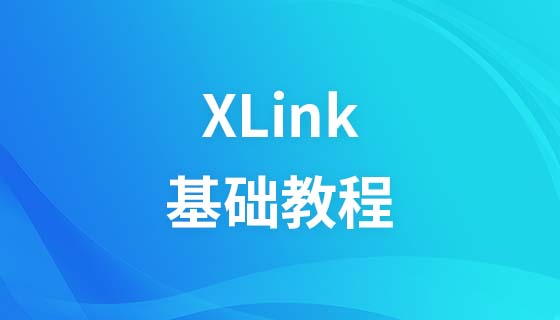
Course Elementary 8631
Course Introduction:XLink defines a standard way to create hyperlinks in XML documents. XPointer allows these hyperlinks to point to more specific parts (fragments) in the XML document.

Course Elementary 8265
Course Introduction:XLink and the XPointer Tutorial XLink defines a standard way to create hyperlinks in XML documents. XPointer allows these hyperlinks to point to more specific parts (fragments) in the XML document. Start learning XLink and XPointer now! Table of Contents Introduction to XLink and XPointer This chapter explains the concepts of XLink and XPointer. XLink and XPointer syntax XLink and XPointer syntax
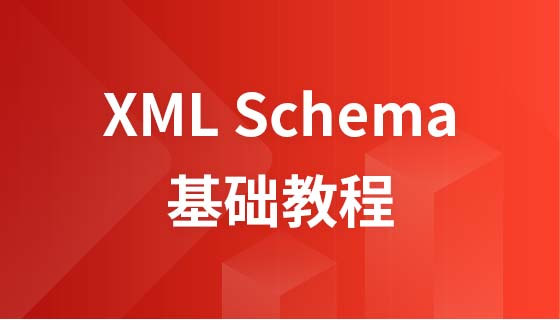
Course Elementary 11014
Course Introduction:"XML Schema Tutorial" XML Schema describes the structure of an XML document. In this tutorial, you'll learn how to read and create the XML Schema language in your applications, why XML Schema is more powerful than DTDs, and how to use XML Schema in your applications. Start learning XML Schema now!

Course Elementary 22399
Course Introduction:Design pattern (Design pattern) is a set of classified and cataloged summary of code design experience that is used repeatedly, known to most people. The purpose of using design patterns is to reuse code, make the code easier to understand by others, and ensure code reliability. There is no doubt that design patterns are win-win for ourselves, others, and the system; design patterns make code writing truly engineering; design patterns are the cornerstone of software engineering, just like the structure of a building.

Course Elementary 28428
Course Introduction:Regular expressions, also known as regular expressions. (English: Regular Expression, often abbreviated as regex, regexp or RE in code), a concept in computer science. Regular tables are usually used to retrieve and replace text that matches a certain pattern (rule).
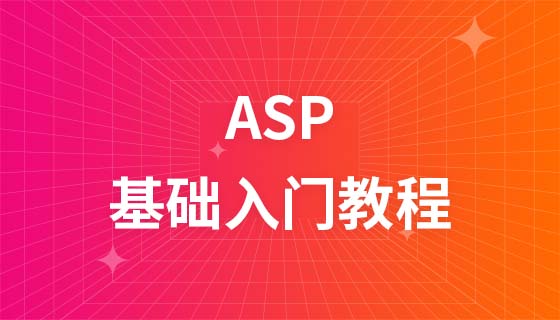
Course Elementary 15007
Course Introduction:ASP, which stands for Active Server Pages, is a server-side scripting environment developed by MicroSOft that can be used to create dynamic interactive web pages and build powerful web applications. When the server receives a request for an ASP file, it processes the server-side script code contained in the HTML (Hyper Text Markup Language) web page file that is used to build it and sends it to the browser. In addition to server-side script code, ASP files can also contain text, HTML (including associated client-side script) and COM component calls.